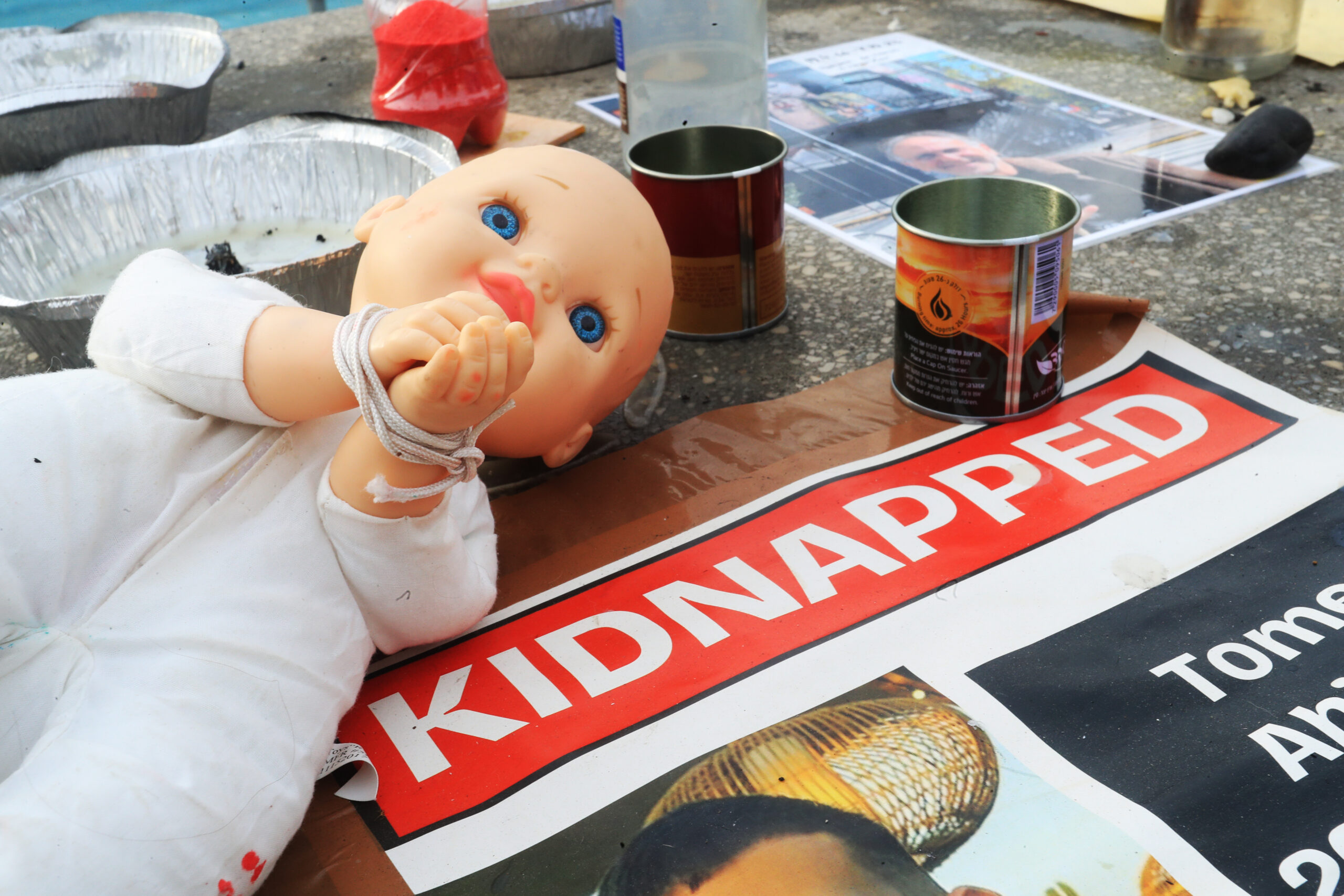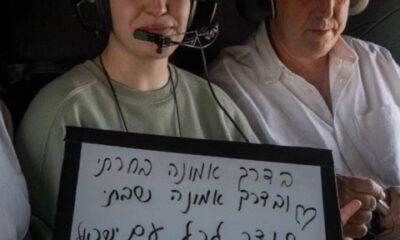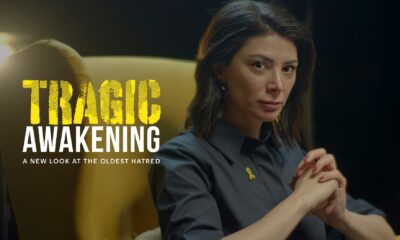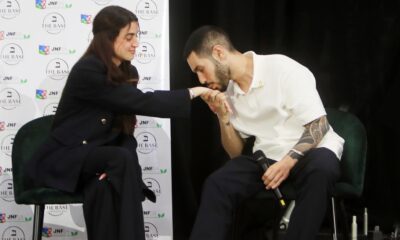
Lifestyle

Documenting a massacre: photojournalist’s book speaks volumes
Photojournalist Ilan Ossendryver is launching his book, Israel After 7th Oct this week. The SA Jewish Report speaks to him.
What inspired you to create this book?
I wanted to create awareness about what happened on 7 October. There are so many people who are denying what happened on that day in Israel and are blaming the attacks on Israelis and Jews rather than on Hamas and/or the Palestinians of Gaza. This book is a testimony to what I saw, the brutality of what Hamas carried out on the kibbutzim and many other little towns in the south of Israel on 7 October. I document through photographs the horror of what happened to the Israelis who were murdered, taken hostage into Gaza, and brutalised by Hamas.
Why is it important to document this period of time?
It’s essential so that future generations know what happened on 7 October, and to ensure that it doesn’t happen again.
I also made an effort to capture the artwork in and around the streets of Israel that illustrated the feelings and shock of Israeli artists. As with all street art that I have photographed in Tel Aviv and around the country, it’s unlikely to last long as it will be removed. Much like documenting the artwork, it’s vital to capture what houses on the kibbutzim looked like after the Hamas attacks because eventually they, too, will be fixed, rebuilt, or demolished to make room for a better future in the south.
Why was it so important for you to document what happened on 7 October 2023?
As a Jew, as an Israeli, as a South African, and as a photojournalist, it was important for me to document it. It was important to be there to show support for Israel as many weren’t going to the country at the time. It was emotional for me to arrive in Israel shortly after 7 October, and people were happy that I went to Israel then. I knew even then that it was an important mission to document the atrocities of Hamas.
How long did the process take and, living in South Africa, how did you find yourself in Israel at the time?
I arrived in Israel a few weeks after 7 October, and began documenting the atrocities. I’ve been back to Israel four times since then to carry on documenting life in Israel after 7 October. Many of the images I took which are in my new book show Israel and society after 7 October.
How did you choose the photographs?
This was quite a lengthy process. I sifted through thousands of photographs, and I’ve put them into categories, for example, kibbutzim, the Nova festival, the car graveyard, street art images of text, of textures, and faces. I then narrowed it down to the pictures I felt were necessary to show the feelings and emotions of the day. I took care not to use explicit images, but those powerful enough to represent the brutality of the day.
Which photographs are the most meaningful to you and why?
It’s hard to decide which image is the most meaningful to me. There were so many. But if I had to choose, it would probably be the window of a sealed room smashed through by rocket-propelled grenades and other weapons. It shows the will of the Hamas to carry out its Jew hatred in an extremely violent onslaught.
How would you describe your relationship with Israel?
I have a deep love for Israel, and I love the people who make up an amazing democracy. Most people who speak out against Israel have no idea about the country.
When you were photographing people in the aftermath of the massacre, what was their reaction? Did it change as time went on?
People’s reactions haven’t changed much towards me or other photographers. Family members who still have loved ones in captivity know the immense role we journalists and photojournalists have to play in order to get the world to hear about the situation. They want to show the world their story. They know it’s important in a world so lopsided and out of touch with the reality of what’s happening in Israel.
How has this past year been for you and why?
It has been a nightmare of a year. Lots of sleepless nights, lots of worry, lots of praying, and lots of crying.
You have documented important times in Israel and South Africa. Which have been the most important and poignant?
The most outstanding event in South Africa was when I was with Nelson Mandela in Soweto on his first day of freedom after 27 years of incarceration. I took the first family photo of Madiba outside of prison.
What has the reaction been like to your book so far?
It has been described as an important book for the Jewish world. It has been so well received, we’re going into the second run of printing.
Who is the audience you visualised, and what do you want them to take home from it?
This book isn’t just for Jews, but for everyone in the world who needs to see what happened on that day and ensure that it never happens again. It’s a book for all people who live on our planet.
- The book is available from www.october7thimages.com; Kollel Bookshop; and on Amazon.










